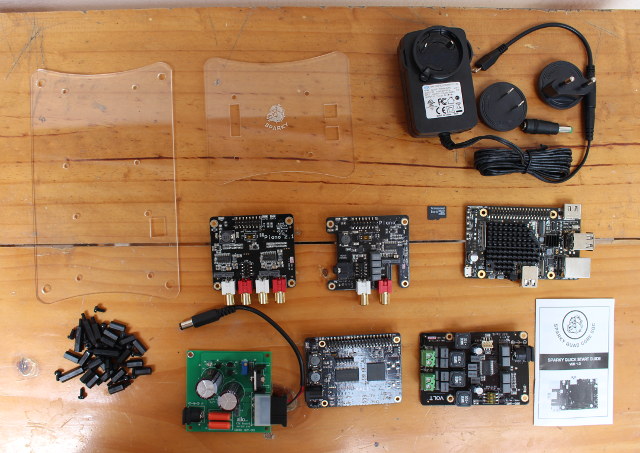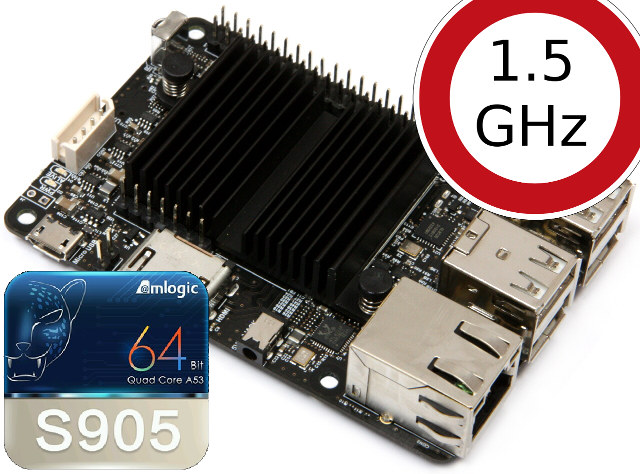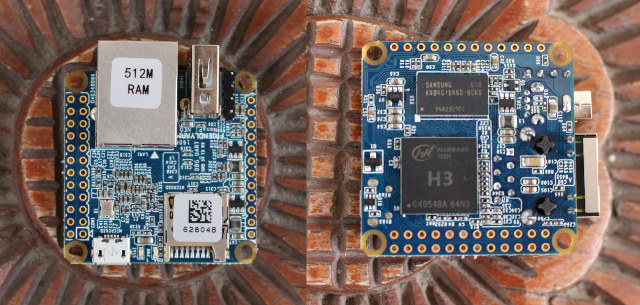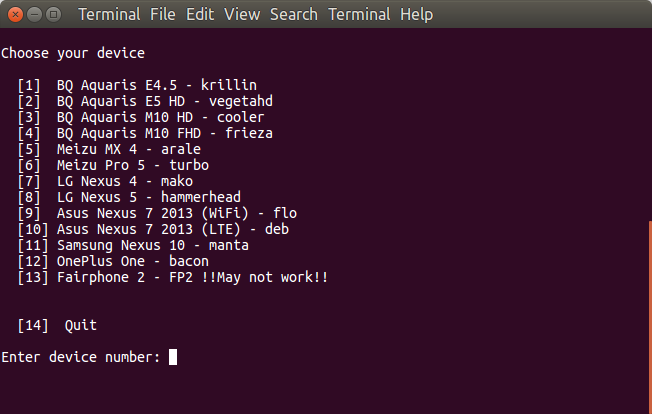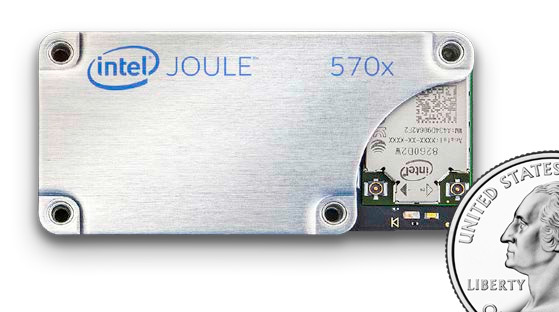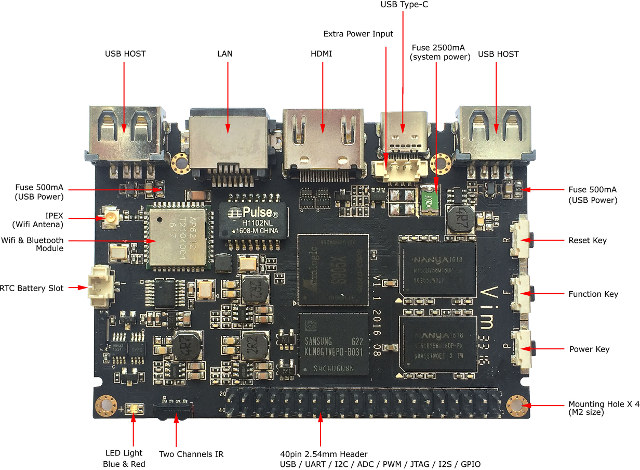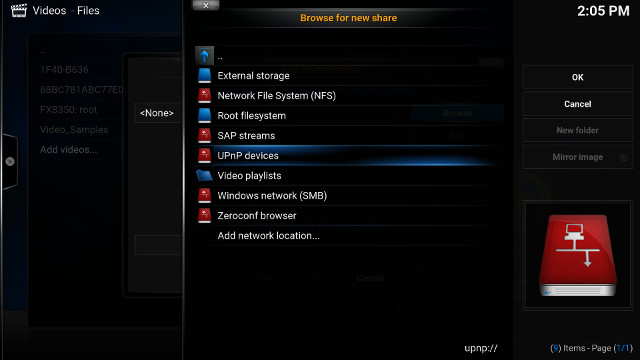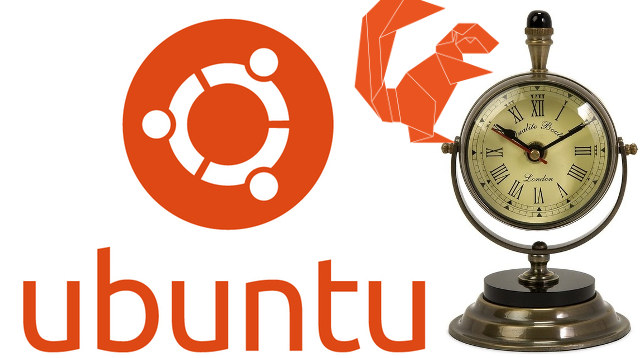Last year I wrote about Allo Sparky SBC Linux and Android development powered by Actions Semi S500 quad core Cortex A9 processor, which mostly differentiates itself from the competition by the many add-on boards for audio, VoIP, and IoT (WiFi+Bluetooth+Zigbee ). While most of development boards are manufactured in China, Allo company is based in India, and all boards are manufactured there, which could be a benefit to Indian readers who want to avoid potential custom issues with other boards. The company has shipped me their complete audio development kit, and I’ll first check out the hardware, before taking time to experiment with the kit in a few weeks or months… I could find 6 different boards in the kit, which I detailed below, as well as a 5V/3A power supply with AU and EU adapter, a micro USB adapter, a micro SD card apparently pre-loaded with Ubuntu 12.04, a […]
Amlogic S905, S905X, and S912 Processors Appear to be Limited to 1.5 GHz, not 2 GHz as Advertised
When I compared the performance Amlogic S905 and Rockchip RK3368 processors last year, I noticed Amlogic S905 single thread performance not being much faster than the one of Rockchip RK3368, despite the former allegedly clocked at 2.0 GHz against the latter 1.2 GHz. But early this month one member (koschi) on ODROID forums started a thread entitled “No performance difference between 1.5, 1.75 & 2GHz” about ODROID-C2 board. The first post link to Ant-computing website about choosing a processor for a build farm, and one of the tables comparing various ARM and x86 processors with the claim that Amlogic S905 was listed to 1.536 GHz, because “the device claims to run at 2.016 GHz but the kernel silently ignores frequencies above 1.536 GHz!” So koschi did his own tests with 7z and sysbench, using cpufreq-set -u $FREQ to set a fixed frequency between test, and could confirm the issue:
|
1 2 3 4 5 6 7 8 9 10 11 12 13 |
7z b, total MIPS kHZ MIPS 100000 221 250000 605 500000 1252 1000000 2488 1296000 3182 1536000 3705 1752000 3691 2016000 3682 avg. of 3 x sysbench --num-threads=4 --test=cpu run kHZ seconds @4threads seconds @1threads |
[…]
NanoPi NEO Board Gets Armbian Debian 8 & Ubuntu 16.04 with Linux 4.6 & 4.7 (Mainline), h3consumption Power Consumption Tool
We’ve been blessed with a wide range of low cost Allwinner H3 boards thanks to Shenzhen Xunlong Orange Pi and FriendylARM NanoPi boards. Recently, armbian developers have been focusing on NanoPi NEO board, and they’ve now released Debian Jessie and Ubuntu Xenial with Linux 4.6.7 and Linux 4.7.2. The latter is mainline kernel with some patchsets for Ethernet. You can download the Linux 4.6.7 based “beta” images from armbian NanoPi NEO page, and selected the “Vanilla” versions, then flash then one a micro SD card as you would normally do. Linux 4.7.2 based “experimental” images with USB OTG support and schedutil cpufreq governor can be found on the separate server in a temporary directory. Thomas Kaiser explains further: Ethernet and throttling are working (the latter not as efficient as with legacy kernel but at least it protects the SoC from overheating). Please note that all vanilla kernel images currently suffer from […]
Magic Device Tool Helps You Switch Between Android and Ubuntu on Supported Phones
There have only been a few phones released with or supporting Ubuntu so far, and those phones will normally be able to run Android too since Ubuntu Touch relies on Android drivers, and you may decide that Ubuntu is not for you and switch back to Android, or the contrary, if you’ve purchased an Android phone, you may want to install Ubuntu instead. In order to simplify the task of installing operating systems, Marius Quabeck has developed “Magic Device Tool“. As you can see from the screenshot above, 13 phones and tablets are currently supported. You’ll need a computer with Ubuntu 15.04 or greater to install the tool, and I’ve done so on Ubuntu 16.04:
|
1 2 3 4 |
git clone https://github.com/MariusQuabeck/magic-device-tool.git cd magic-device-tool chmod +x launcher.sh ./launcher.sh |
The script will also install phablet-tools if it is not already installed, so if you are not root, you’ll need your account to be member of sudoers. Once the initial setup is done, you’ll […]
Intel Unveils Joule Compute Module and Devkit for IoT based on Atom T5500 & T5700 Processors
As the Intel Developer Forum 2016 is now taking place in San Francisco, Intel has unveiled the Joule Compute Module and development kit targeting IoT applications. The module is not for low cost and low power sensor nodes however, as it features a powerful quad core Atom processor running at 1.5+ GHz, so it more suited to IoT gateways, or other application requiring lots of processing power to handle sensor data. Two models of the Joule module have been introduced: Intel Joule 570x platform SoC – Intel Atom T5700 64-bit quad-core processor @ 1.7 GHz / 2.4 GHz (Burst frequency) with Intel HD Graphics with 4K video capture and display System Memory – 4GB LPDDR4 RAM Storage – 16GB eMMC memory Connectivity – 802.11ac Wi-Fi with MIMO and Bluetooth 4.1 Other interfaces – USB 3.0, MPI CSI and DSI interfaces, and multiple GPIO, I2C, UART interfaces Intel Joule 550x platform […]
SZTomato TVI Amlogic S905X Development Board to Support Android 6.0, OpenELEC 7.0, and Ubuntu 16.04
Shenzhen Tomato has been selling Android TV boxes for a few years now, but one of their next product will be a development board based on Amlogic S905X processor with 8GB flash, 2GB RAM, and the usual 40-pin Raspberry Pi header. SZTomato TVI development board specifications: SoC – Amlogic S905X quad core ARM Cortex-A53 @ up to 2.0GHz with penta-core Mali-450MP GPU @ 750 MHz System Memory – 2GB DDR3 (1GB or less as option) Storage – 8GB Samsung eMMC flash (other capacities as option) + micro SD slot Video & Audio Output – HDMI 2.0a up to 4K @ 60 Hz Connectivity – Fast Ethernet port, 802.11 b/g/n WiFi and Bluetooth 4.0 (Ampak AP6212) with IPEX connector USB – 2x USB 2.0 host ports with 500mA fuses, 1x USB type C port for power and USB devices (no video) Expansion header – 40-pin Raspberry Pi compatible header with USB, […]
How-to Setup a DLNA/UPnP Server in Linux for Smoother Video Streaming with Kodi and Other Media Players
I’m normally playing videos from a SAMBA share installed in a Ubuntu PC to play files from Kodi in Android TV box reviews, but sometimes when I use 10/100 Ethernet, or worse WiFi local “streaming” may not be as smooth as possible. SAMBA is convenient because of access control and read write operations, but if you want to get a bit more performance, you may switch to NFS instead, or like I’ve going to show you here to a DLNA / UPnP server to stream videos locally from Kodi 16.1. There are several options, but MiniDLNA is lightweight compared to MediaTomb, so it will also run on lower end hardware like cheap ARM Linux development boards like Raspberry Pi, Orange Pi, or NanoPi NEO without taking too many resources. Installation is very easy in Debian / Ubuntu distributions, and I supposed this should also work with Windows Subsystem for Linux […]
How to Resolve Slow Boot Times in Ubuntu 16.04
I’ve recently upgraded my machine from Ubuntu 14.04.4 to Ubuntu 16.04.1, but while my computer used to boot in about 40 seconds, after the upgrade boot times increased considerably to 2 to 3 minutes. The first easy check was to look at dmesg:
|
1 2 3 4 5 |
[ 9.776990] usb 3-4.4.2: pl2303 converter now attached to ttyUSB0 [ 11.510201] floppy0: no floppy controllers found [ 98.444400] vboxdrv: Found 8 processor cores [ 98.460319] vboxdrv: TSC mode is Invariant, tentative frequency 4026996449 Hz [ 98.460321] vboxdrv: Successfully loaded version 5.0.26 (interface 0x00240000 |
There’s a bit 87 seconds gap between checking for the floppy, and VirtualBox drivers loading. So there’s definitely an issue here, but the log does not exactly give a clear queue. I’ve read you could use systemd-analyze to find which process(es) may be slowing down your computer at boot time:
|
1 2 3 4 5 6 7 8 |
systemd-analyze blame 8.121s apt-daily.service 7.658s NetworkManager-wait-online.service 931ms docker.service 710ms winbind.service 695ms nmbd.service 647ms samba-ad-dc.service 543ms ModemManager.service |
Two processes are taking close to 8 seconds, but those 16 seconds still do not explain why it takes 2 minutes more to boot…Eventually, I realized systemd-analyze has a few more tricks up its sleeves:
|
1 2 3 4 |
systemd-analyze Startup finished in 5.784s (kernel) + 3min 651ms (userspace) = 3min 6.425s systemd-analyze plot > test.svg |
The first command shows there’s no problem with the kernel itself, and something is slow in user space. The […]


